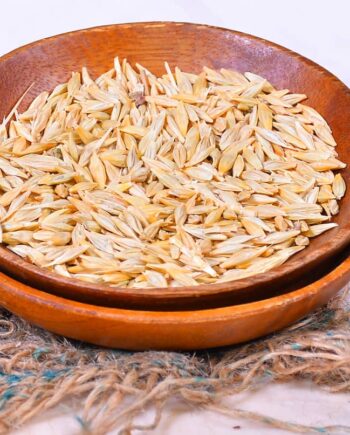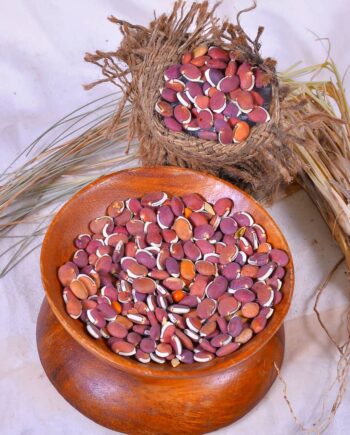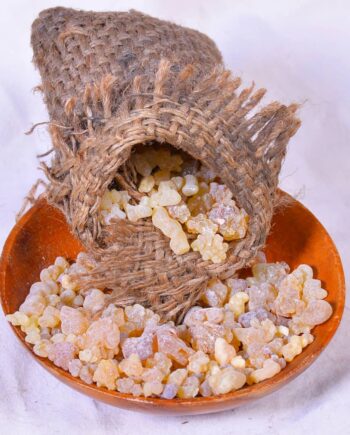Acacia Nilotica
What is acacia?
Acacia has been used in medicines, baking ingredients, tools, and woodwork for centuries. It has a long history in civilizations as ancient as the Egyptians and the aboriginal tribes of Australia. These kingdoms and tribes used acacia in surprisingly diverse ways, from making desserts to treating hemorrhoids. The first species ever discovered was given the name Acacia nilotica by the Swedish scientist Carl Linnaeus in the 1700s, and since then, nearly 1,000 species have been added to the Acacia genus. is widely used. This plant has anti-microbial, anti-plasmodial and antioxidant activity and used for treatment of human immunodeficiency virus, hepatitis C virus and cancer.7 It is useful for treatment of venereal diseases, nausea, burns and wounds, stomachache, and diarrhea. Relieves pain and irritation
Acacia gum has a naturally sticky texture. Materials with this property are often used to reduce irritation and inflammation. The gum has been shown to be especially effective in easing stomach or throat discomfort.
This plant has anti-microbial, anti-plasmodial and antioxidant activity and used for treatment of human immunodeficiency virus, hepatitis C virus and cancer.7 It is useful for treatment of venereal diseases, nausea, burns and wounds, stomachache, and diarrhea,
Relieves pain and irritation
Acacia gum has a naturally sticky texture. Materials with this property are often used to reduce irritation and inflammation. The gum has been shown to be especially effective in easing stomach or throat discomfort.






